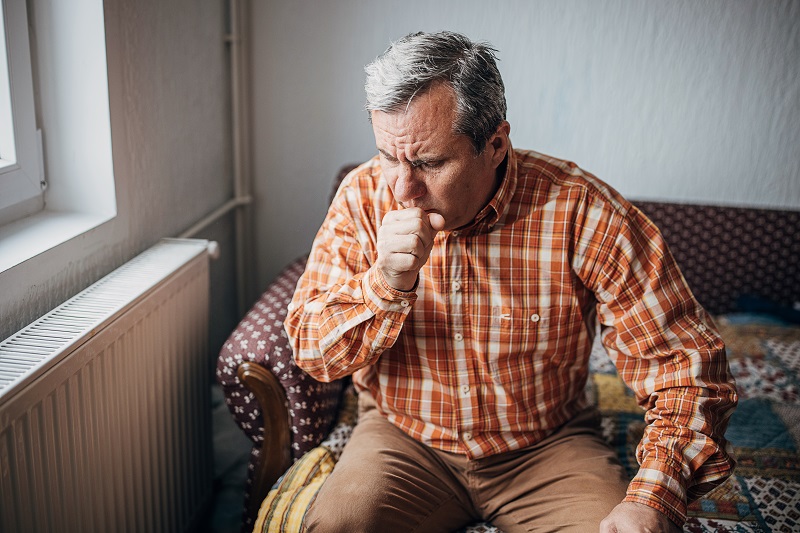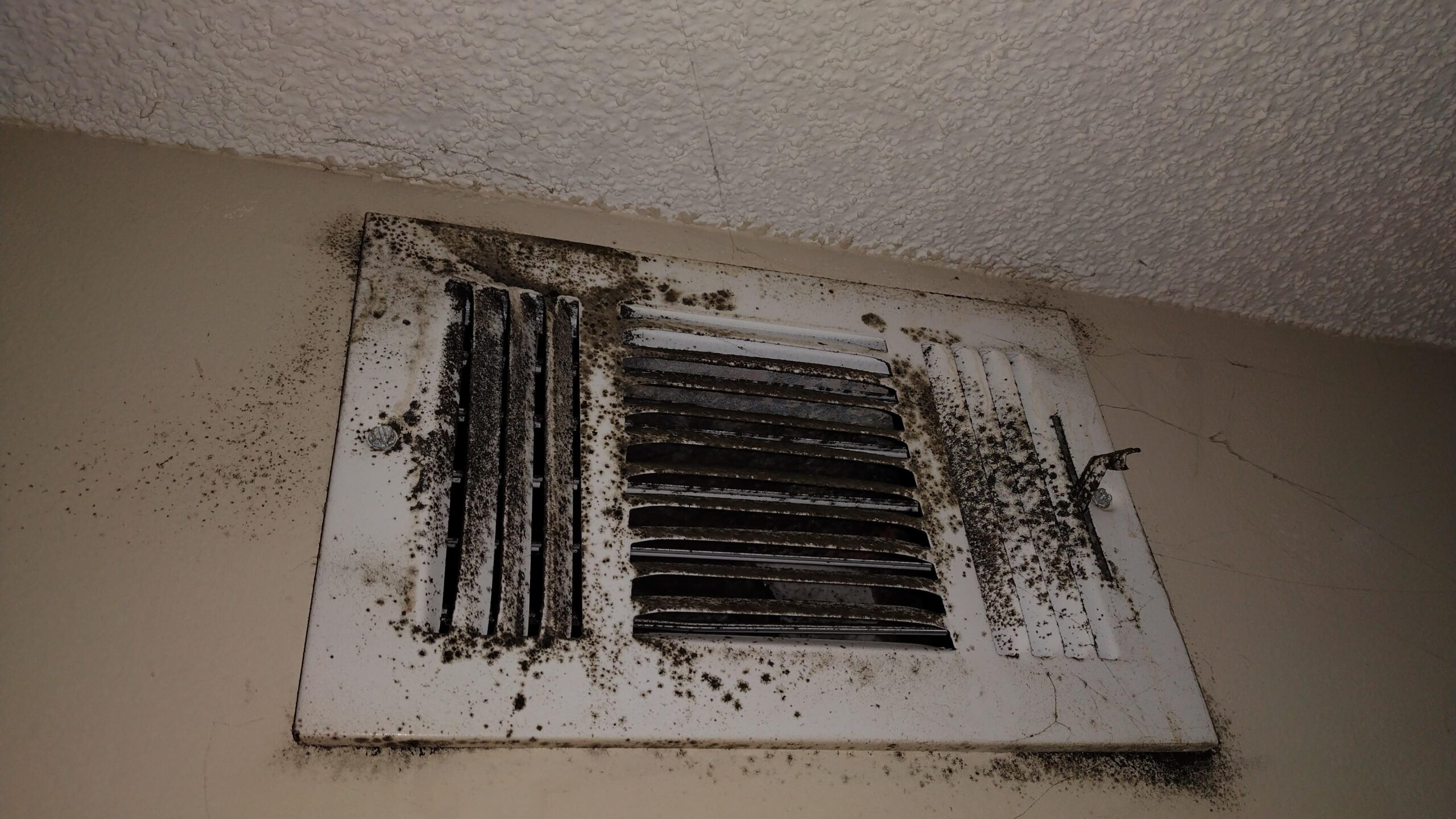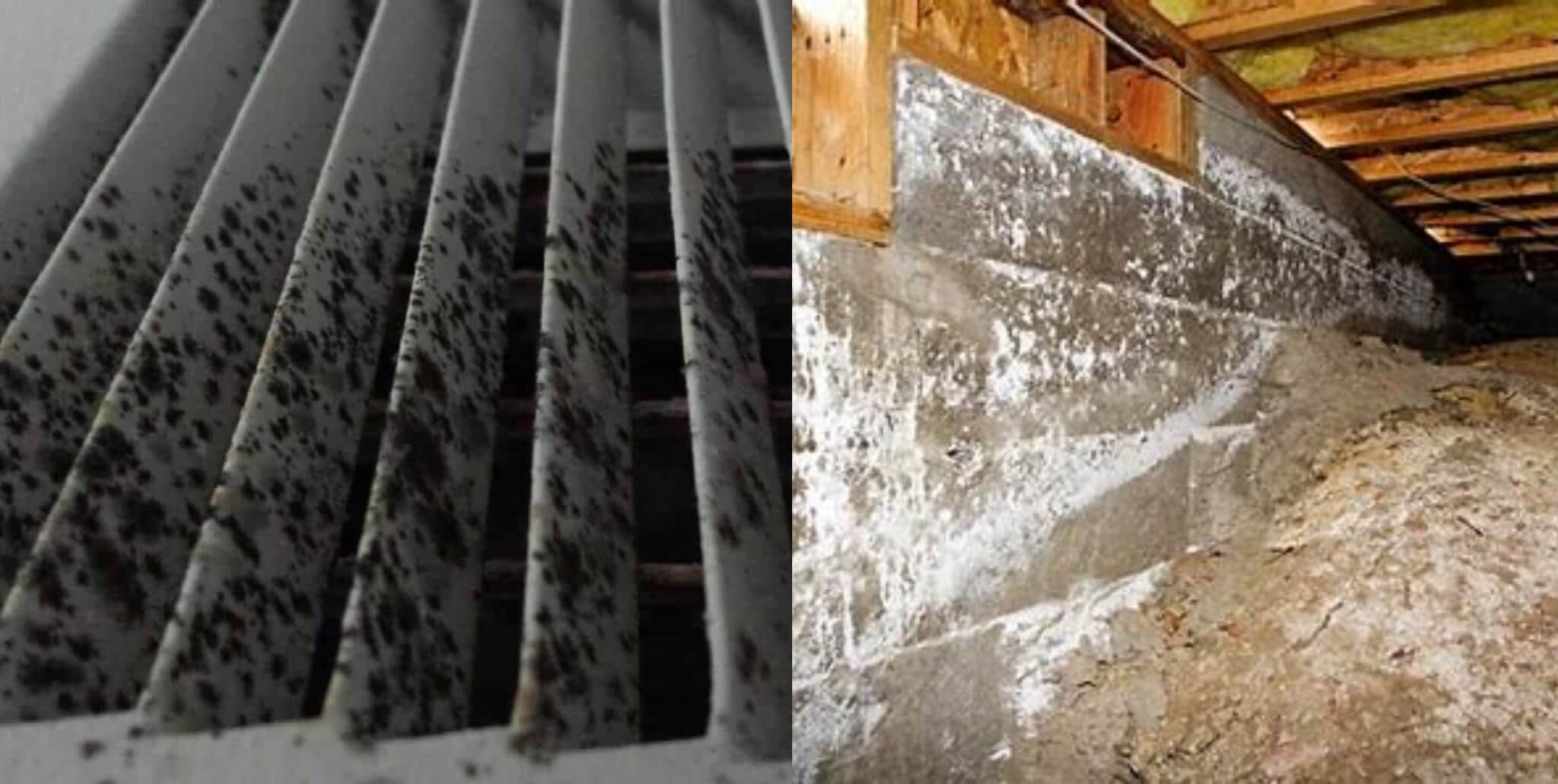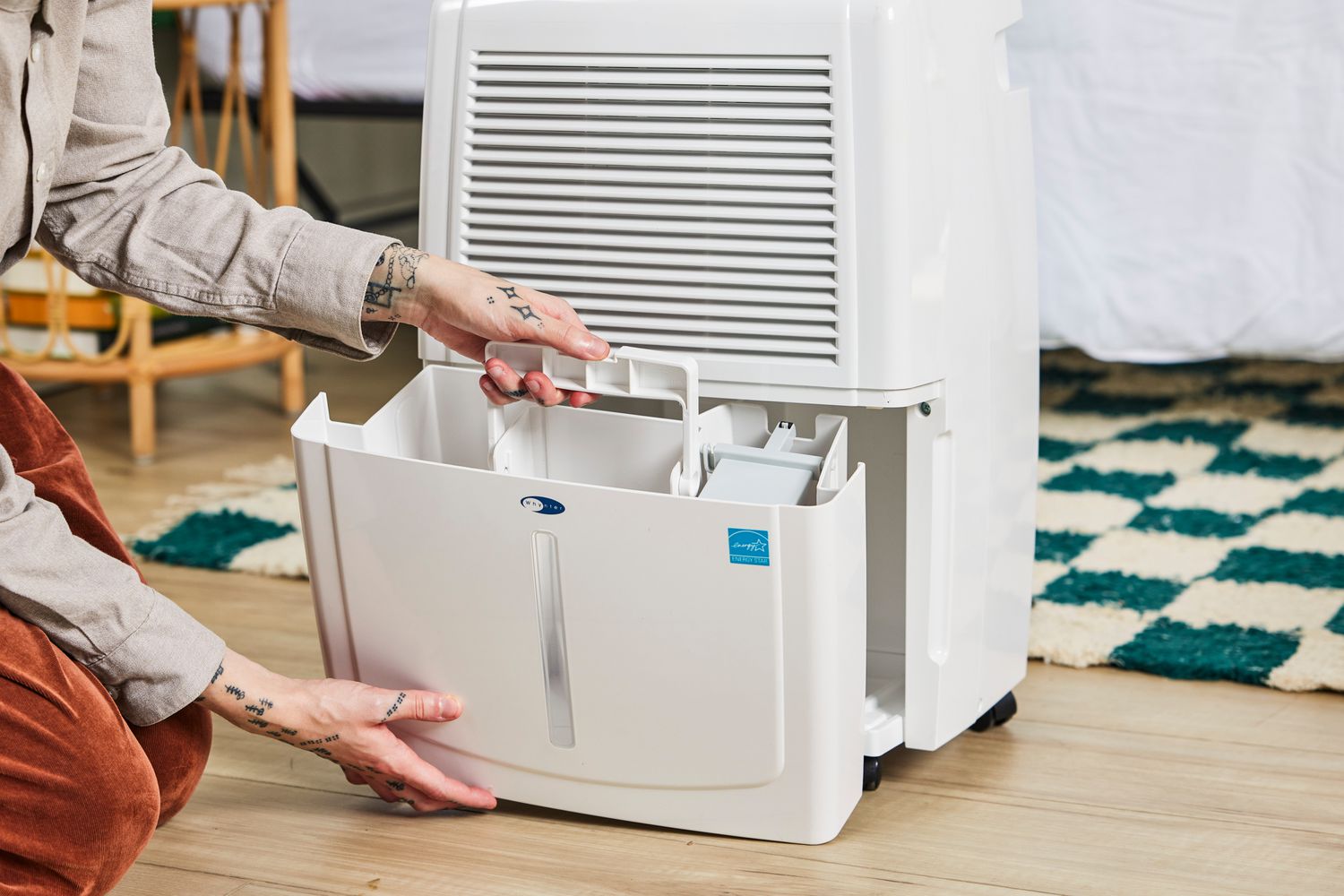Mold in Your HVAC System: Why It’s Dangerous and How to Eliminate It
Protect Your Home from Mold and Improve Indoor Air Quality
Why Mold Forms in Your HVAC System
Mold growth in your HVAC system is a serious issue that can compromise the air quality in your home and affect your family’s health. HVAC systems are designed to regulate temperature and airflow, but they can also create the ideal environment for mold to thrive—damp, dark, and filled with moisture. When your system draws in humid air or has clogged filters, condensation can form inside the ducts, leading to mold growth.
Mold spores, once inside the HVAC system, can spread throughout your entire home, contaminating every room. This is why it’s critical to address mold in your air ducts, vents, and AC unit as soon as you notice signs of its presence.

The Dangers of Mold in Your HVAC System
Mold in your HVAC system isn’t just a nuisance; it poses serious health risks and can lead to various problems in your home. Here’s why it’s so dangerous:
1. Poor Indoor Air Quality
When mold grows inside your air ducts, the HVAC system spreads mold spores throughout your home, significantly reducing indoor air quality. This can cause respiratory problems, especially for people with allergies, asthma, or weakened immune systems. The Environmental Protection Agency (EPA) warns that mold exposure can lead to coughing, wheezing, eye irritation, and skin rashes.
2. Health Risks
Mold spores from your HVAC system can lead to a range of health problems, from mild allergic reactions to more severe respiratory issues. According to the Centers for Disease Control and Prevention (CDC), mold exposure can cause symptoms like headaches, sinus congestion, throat irritation, and even more serious lung infections in vulnerable individuals.

3. Mold Spreading Throughout Your Home
Once mold enters your HVAC system, it can easily spread to every part of your home through the air ducts, allowing mold to grow in walls, carpets, and other surfaces. This makes it harder to control mold, and the problem can quickly escalate if left untreated.
4. Increased Energy Costs
Mold can affect the efficiency of your HVAC system by clogging filters, obstructing airflow, and reducing overall performance. This forces your system to work harder, which increases energy consumption and leads to higher utility bills.
Signs of Mold in Your HVAC System
Mold in your HVAC system can sometimes go unnoticed until it’s too late. Here are some common signs that mold may be present in your air ducts and vents:
1. Musty Odors
A persistent musty or mildew-like odor coming from your vents is a clear sign that mold may be growing in your HVAC system. Mold releases volatile organic compounds (VOCs) that produce an unmistakable smell, especially when the HVAC system is running.
2. Visible Mold Growth
In some cases, you may be able to see mold growth around your air ducts, vents, or the drip pan of your AC unit. Mold can appear as black, green, or white spots on these surfaces.

3. Increased Allergy or Respiratory Symptoms
If you or your family members are experiencing unexplained allergy symptoms, coughing, or respiratory problems, mold in your HVAC system could be the culprit. These symptoms tend to worsen when the system is running.
4. Unexplained Increase in Energy Bills
As mentioned earlier, mold can obstruct airflow and reduce the efficiency of your HVAC system. If you notice a spike in your energy bills without a clear explanation, mold could be affecting the performance of your system.
How to Remove Mold from Your HVAC System
If you suspect mold in your HVAC system, it’s important to act quickly to prevent further contamination. Here’s a step-by-step guide to help eliminate mold from your air ducts and HVAC components:
1. Turn Off the HVAC System
The first step in addressing mold is to turn off the HVAC system to stop the spread of mold spores throughout your home. This will help contain the issue until it can be properly addressed.
2. Inspect the System for Mold
Check the air ducts, vents, evaporator coils, and drip pan for signs of mold growth. If you notice visible mold or a musty odor, there is likely a mold problem that needs professional attention.

3. Clean or Replace Air Filters
Mold can grow on dirty or clogged air filters, so it’s important to replace them regularly. A clean filter will also improve airflow and help prevent future mold growth.
4. Clean the Air Ducts
While you can clean some parts of the HVAC system yourself, such as the drip pan and filters, it’s best to hire a professional to clean the air ducts. A mold remediation specialist can thoroughly clean the ducts and vents, using specialized equipment to ensure that all mold is removed.
Learn more about proper HVAC cleaning procedures from the EPA’s guide on air duct cleaning.
5. Install a Dehumidifier
Mold thrives in humid environments, so controlling humidity levels in your home is essential for preventing mold growth. Installing a whole-home dehumidifier can help maintain optimal humidity levels and reduce the risk of mold returning.

6. Schedule Regular HVAC Maintenance
Regular maintenance of your HVAC system can help prevent mold from forming in the first place. Schedule annual inspections with an HVAC professional to ensure your system is running efficiently and to address any potential issues before they become major problems.
Preventing Mold in Your HVAC System
Prevention is always the best approach when it comes to mold in your HVAC system. Here are some tips to help keep your system mold-free:
- Keep humidity levels in your home below 50% by using dehumidifiers, especially in humid climates.
- Clean and replace HVAC filters regularly to improve airflow and reduce mold growth.
- Fix any water leaks around your HVAC system, especially near the drip pan or evaporator coils.
- Ensure proper ventilation in high-moisture areas like bathrooms and kitchens.
- Schedule regular professional maintenance and inspections of your HVAC system.
These simple steps can go a long way in preventing mold growth and maintaining clean air throughout your home.
FAQ
1. How do I know if my HVAC system has mold?
Common signs of mold in your HVAC system include musty odors coming from the vents, visible mold around air ducts or vents, and increased allergy or respiratory symptoms when the system is running.
2. Is it safe to use my HVAC system if there’s mold in it?
No, it’s not safe to use your HVAC system if there’s mold present. Running the system will spread mold spores throughout your home, worsening indoor air quality and increasing the risk of health problems.
3. Can I clean mold from my HVAC system myself?
While you can clean some components, such as the drip pan and air filters, it’s best to hire a professional to clean the air ducts and thoroughly remove mold from the system.
4. How can I prevent mold from growing in my HVAC system?
To prevent mold, keep humidity levels below 50%, clean air filters regularly, fix leaks around the system, and schedule routine maintenance with an HVAC professional.
5. How often should I have my HVAC system inspected?
It’s recommended to have your HVAC system inspected at least once a year to ensure it’s functioning properly and to address any potential mold issues before they spread.

